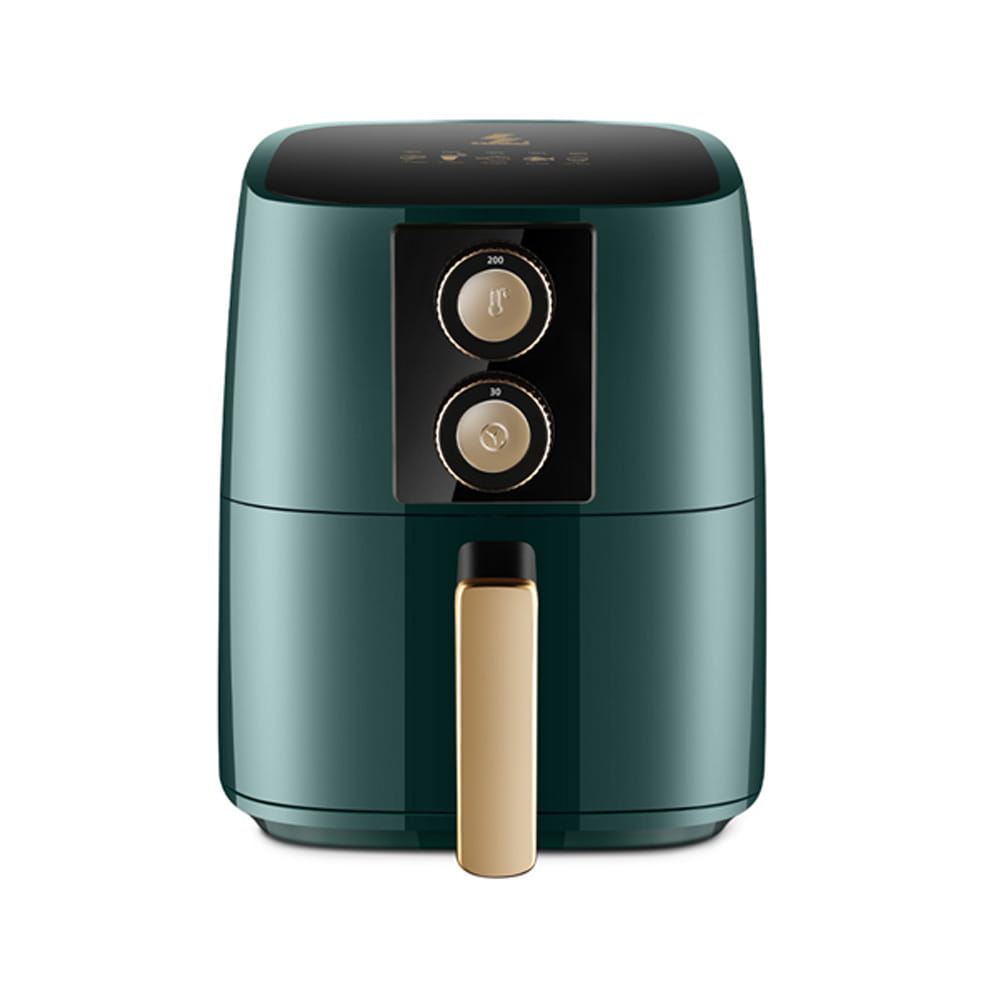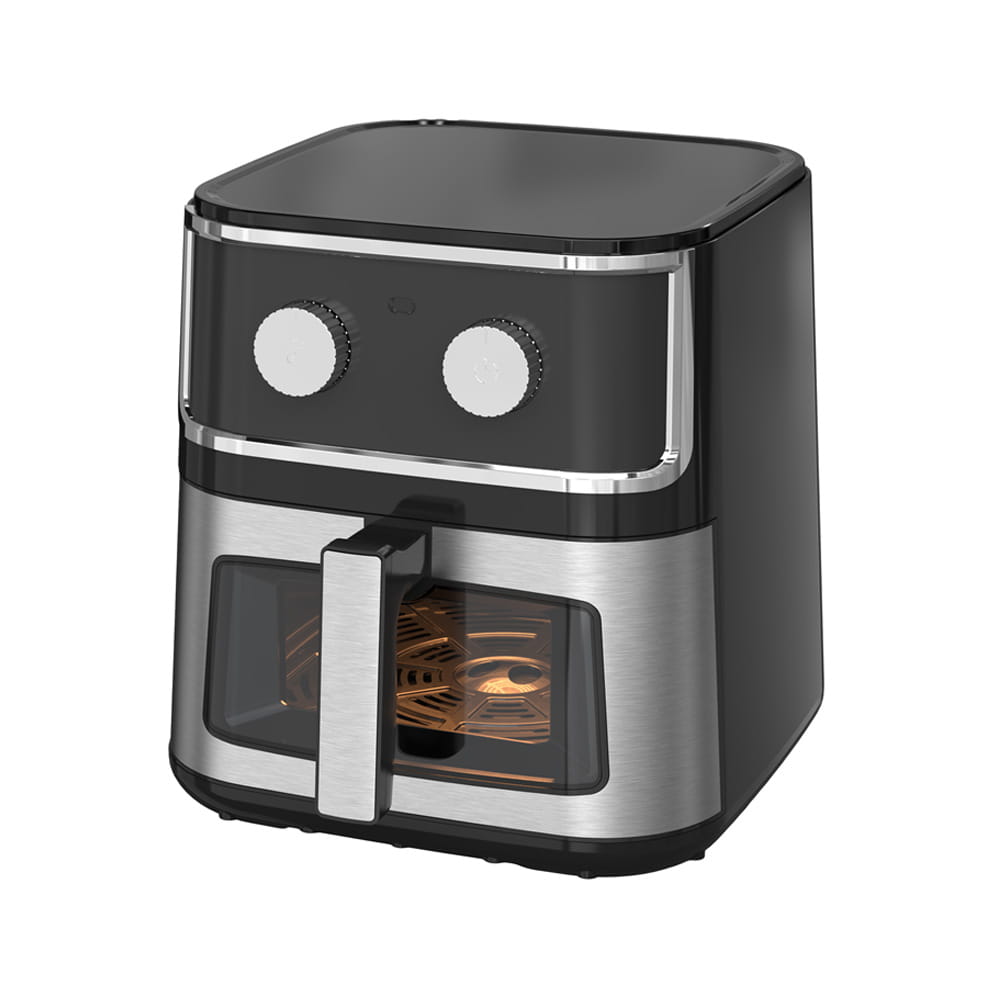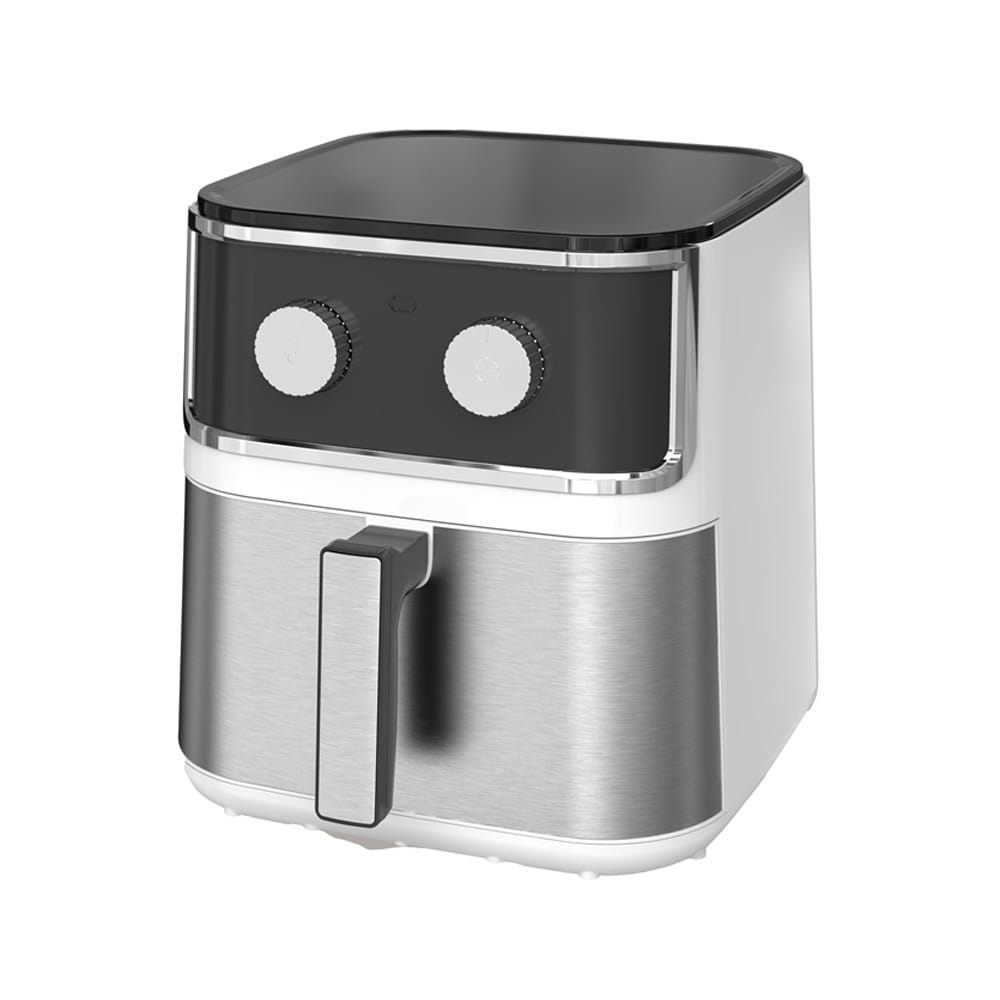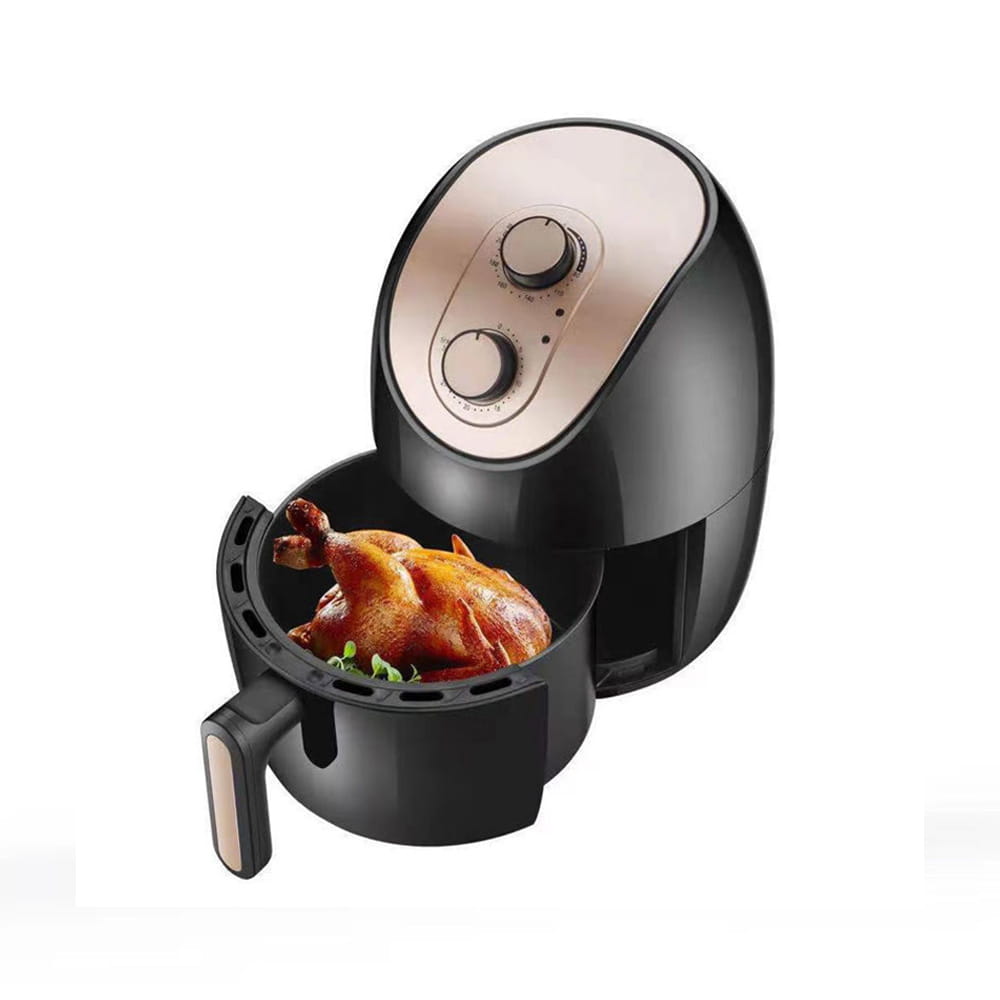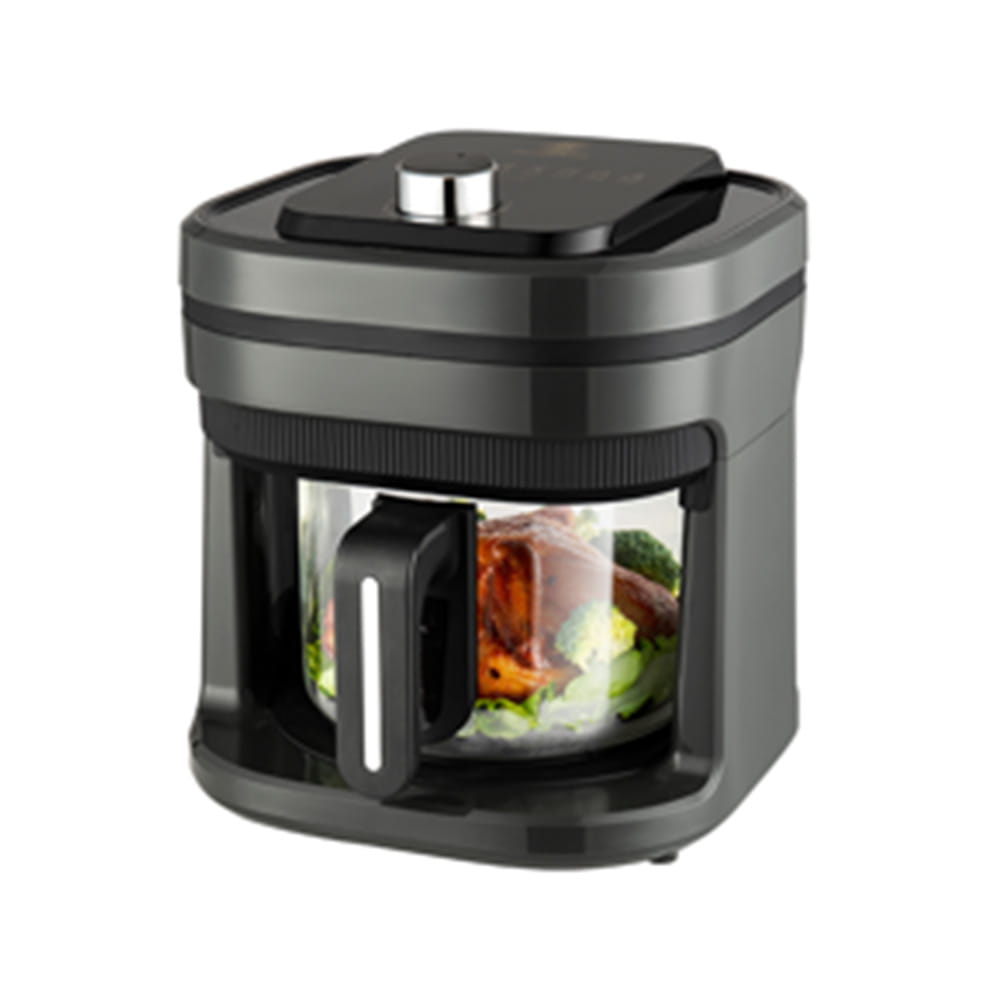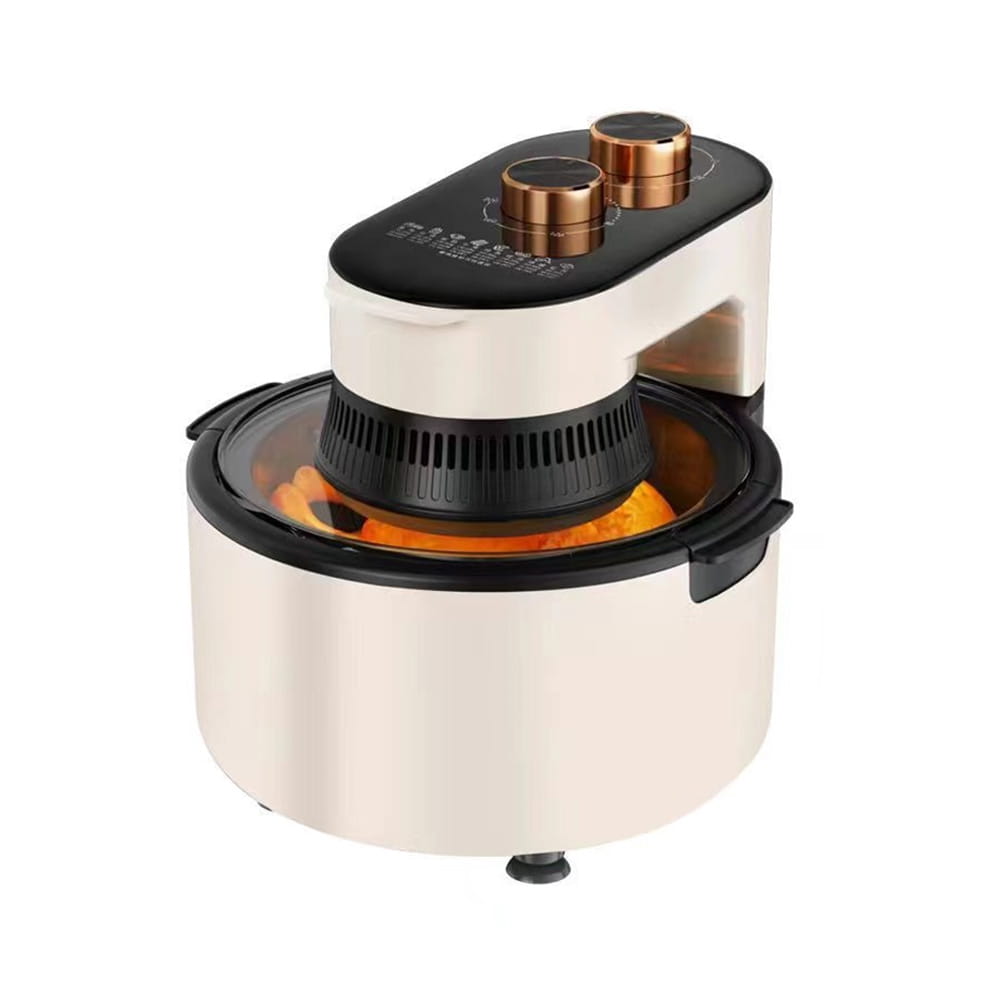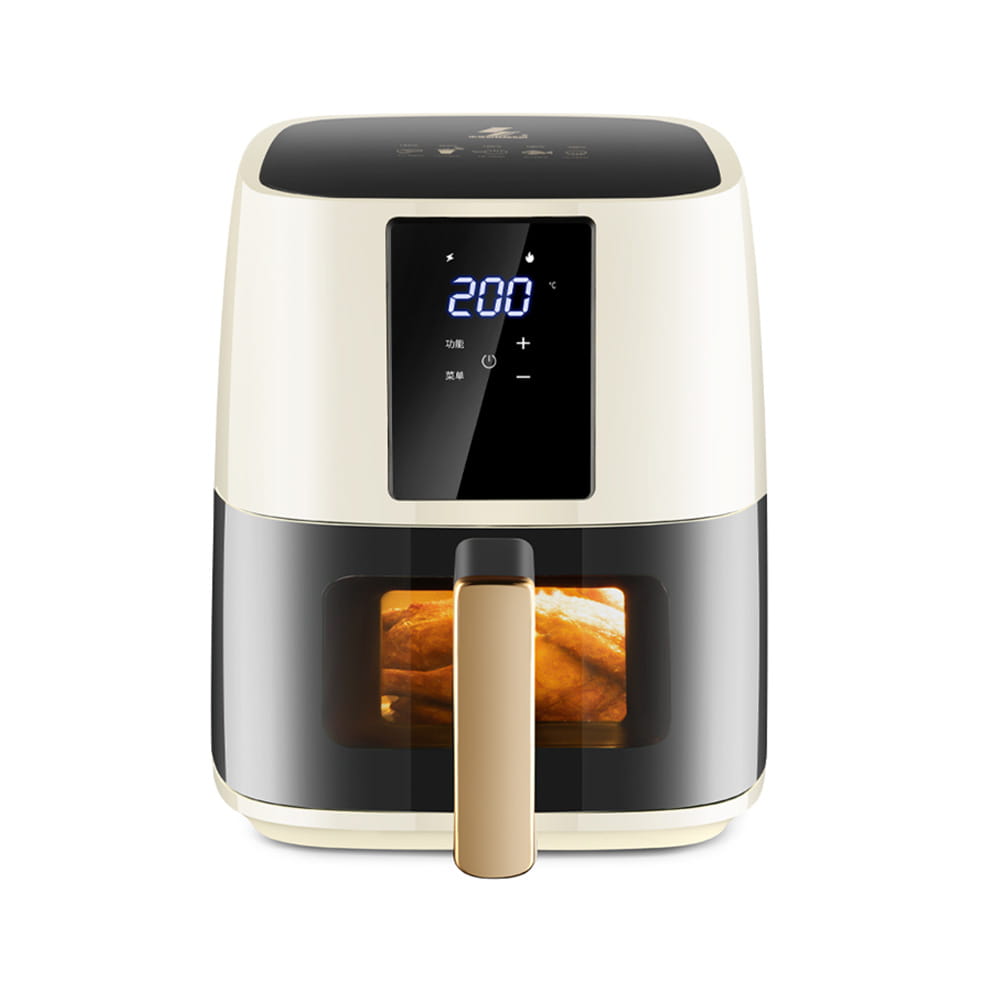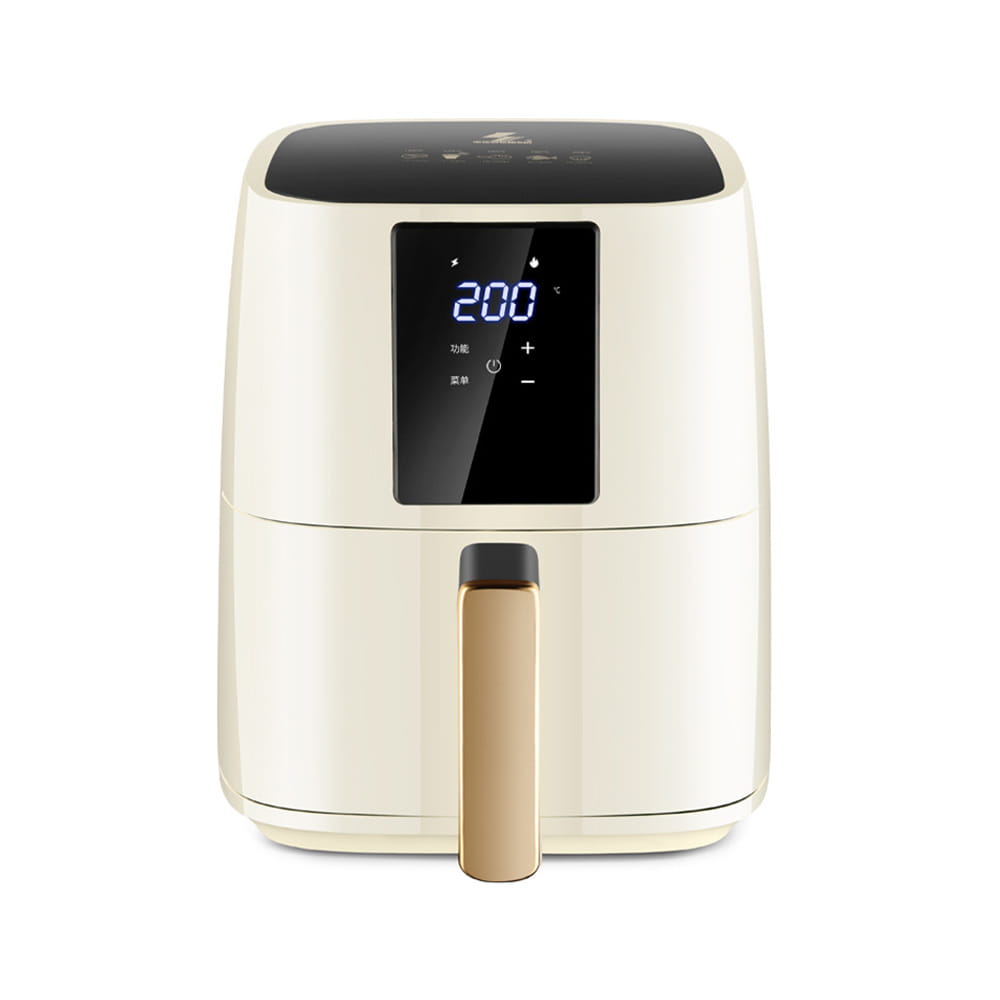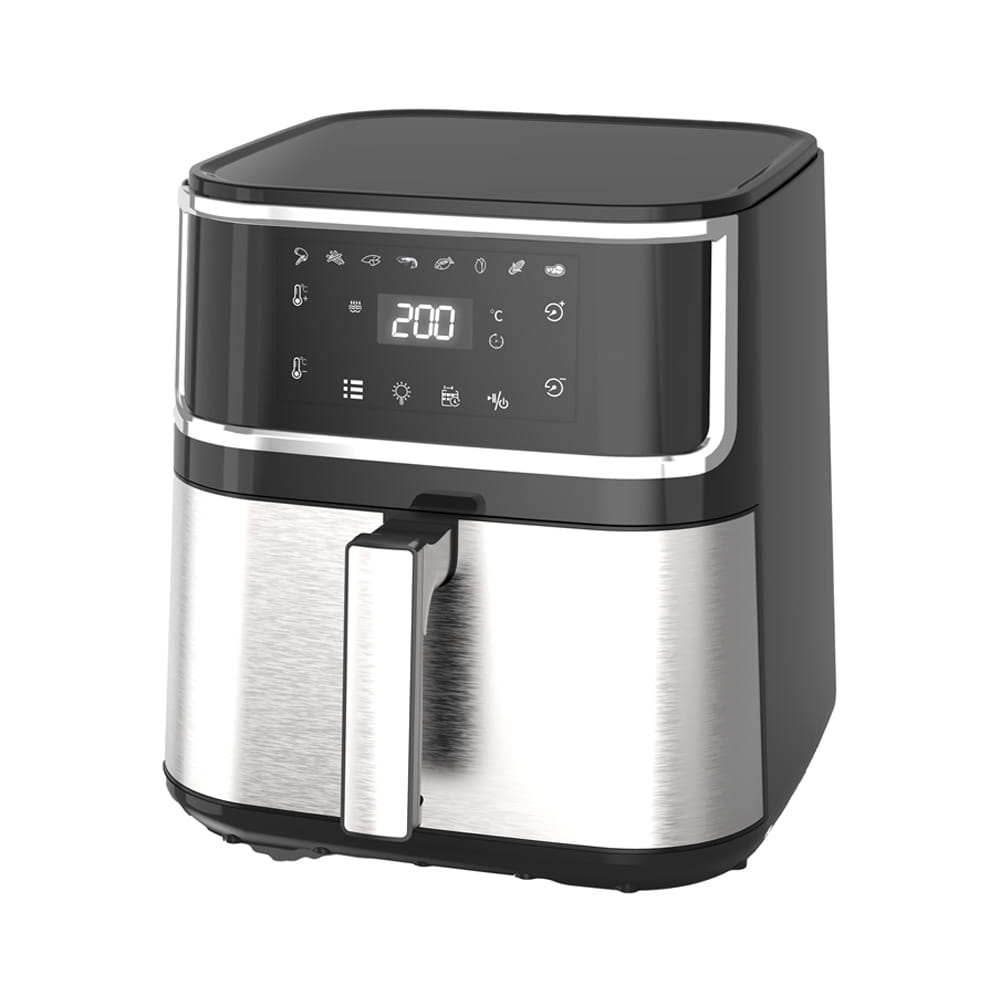The car air pump is an important component in the vehicle, usually used in many fields such as tire inflation, air conditioning system, air suspension system, etc. Whether it works properly is directly related to the overall performance and driving experience of the car.
Listen to the sound inspection
The most direct way to check whether the car air pump is working properly is to judge by listening to the sound. When the air pump starts working, it will make a certain running sound. If the sound of the air pump is abnormal, such as making too much noise, sharp friction sound, or no sound at all, this may indicate that there is a fault or obstruction inside the pump body.
Inspection steps:
Start the vehicle and turn on the air pump.
Approach the working area of the air pump and listen for a uniform running sound.
If you hear an abnormal sound, consider further checking whether there is foreign matter blocking or damage to the pump body.
Check the appearance of the pump body
Regularly checking the appearance of the air pump is crucial to discovering external problems. Whether there are cracks, leaks or rust on the surface of the air pump may affect its normal operation. Especially when exposed to a humid environment for a long time, the outer shell of the air pump is prone to corrosion, resulting in poor sealing.
Inspection steps:
Stop the car and turn off the engine to ensure safety.
Open the hood or locate the air pump and inspect the pump body.
Check the pump body for obvious damage, corrosion or leaks.
Check the connection pipes for tightness to ensure there are no leaks.
Observe whether the air pump starts
After starting the car, you can observe whether the air pump can start normally. Some car air pumps have indicator lights or displays that can directly tell the driver the working status of the air pump. If the air pump cannot start, it may be a power connection failure or internal motor damage.
Inspection steps:
Start the vehicle and start the air pump.
Observe whether any indicator lights on the dashboard are flashing or whether there are fault codes displayed.
If the air pump still does not work, check whether the fuse is damaged and whether the power cord is connected properly.
Check the airflow and pressure of the air pump
The core function of the air pump is to generate airflow and provide a certain amount of air pressure. When checking whether the air pump is working properly, airflow and pressure are important considerations. If the airflow is insufficient or the pressure is too low, it means that there may be a problem with the performance of the air pump.
Inspection steps:
Use a pressure gauge to check whether the air pressure output by the air pump is within the normal range.
Compare the air pressure to the specifications provided by the car manufacturer to ensure that the air pressure meets the requirements.
If the air pressure is obviously insufficient, you may need to clean the inside of the air pump or check for worn parts.
Check the battery and power system
The power supply for the car air pump usually comes from the car battery, so the battery power and the stability of the power system are critical to the normal operation of the air pump. Checking whether the battery voltage is sufficient can help diagnose whether the air pump cannot operate normally due to insufficient power.
Inspection steps:
Use a multimeter to measure the voltage of the car battery.
Check whether the battery connection wires are loose or corroded.
Check whether the power cord of the air pump is damaged or shorted.
Check the internal parts of the air pump
After long-term use, the internal parts of the air pump may wear or malfunction, especially the motor, blades, seals, etc. Aging and damage of these parts will affect the efficiency of the air pump and even cause the air pump to fail completely.
Inspection steps:
If there is no obvious damage to the appearance of the air pump, you can disassemble the air pump for internal inspection.
Check whether the motor is running smoothly and whether the blades are rotating normally.
Check whether the internal seals are aged, cracked or damaged.
If any parts are found to be damaged, they should be replaced in time to avoid causing more serious failures.
Check the pipe connection of the air pump
The normal operation of the air pump is inseparable from its connection with the pipe system. Leakage, pipe blockage or loose connection may cause the air pump to fail to provide stable airflow or air pressure. Therefore, it is very important to regularly check the connection between the air pump and other systems (such as tire inflation pipes or air conditioning pipes).
Inspection steps:
Check whether all connecting pipes are tight and ensure that there is no looseness.
Use soapy water or special gas detection agent to check whether there is any air leakage in the pipe.
Check whether there is any blockage inside the pipe to ensure smooth airflow.
Use diagnostic tools
Modern cars are usually equipped with an OBD (on-board diagnostic system) interface, and the working status of the air pump can be read through diagnostic tools. If the car air pump fails, the OBD system often records the relevant fault code to help the owner quickly locate the problem.
Inspection steps:
Use the OBD diagnostic instrument to connect the vehicle's OBD interface.
Perform a system self-test to see if there are any fault codes related to the air pump.
Perform further inspection or repair according to the fault code prompts.
Perform a pressure test
To confirm that the air pump is providing adequate air pressure, it is helpful to perform a comprehensive pressure test. By measuring the air pressure output, the owner can confirm that the air pump meets the manufacturer's standards.
Inspection steps:
Use a pressure gauge to connect to the air pump output.
Start the air pump and measure its output pressure.
Compare with the vehicle manufacturer's standard pressure value to confirm whether it meets the requirements.
Regular maintenance and care
The performance and life of the air pump are closely related to its maintenance. Regular cleaning, inspection and replacement of wear parts are the key to keeping the air pump working properly.
Inspection steps:
Regularly clean the outside of the air pump to prevent dust accumulation and affect heat dissipation.
Regularly check and replace the air filter according to usage.
Regularly replace wear parts such as motors and blades to ensure their normal operation.

 English
English Español
Español